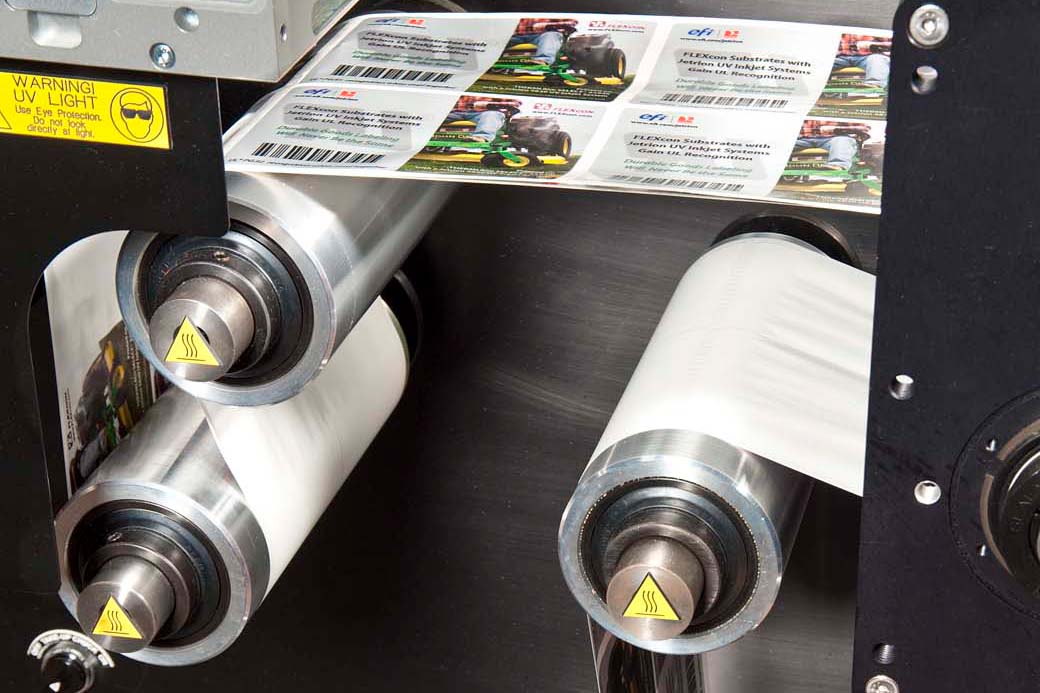Trends
Label Printing: Keeping Up with Evolving Digital Technologies

Since the introduction of HP Indigo, which revolutionized label printing, the evolution of digital printing has exploded. Today, there are 10+ printer OEMs offering durable alternatives to HP Indigo, such as narrow-format UV inkjet, emulsion inkjet and dry toner color laser. With the growth of digital, related technologies such as laser cutting are expanding, as is the ability to combine flexo stations and foil lamination with existing digital units.
While digital printing is all the rage, however, it is not without its obstacles. It may enable shorter runs, easy proofing and new options for variable printing, but as printers expand the use of those technologies into durable applications, they are discovering a new set of challenges, certifications and industry standards that must be met. The pain points include:
One size does not fit all.
Historically, a print-receptive coating that worked with UV flexo, for example, would work with all UV flexo presses and most related inks. This is not the case with digital technologies. Each brand of printer, and sometimes each model within a brand, carries its own set of requirements which necessitate individualized coatings to ensure printing success. This is a challenge for both printers and media suppliers. For the printer, moving to a new digital printer means qualifying all new materials to run through it. For the media supplier, it means developing and testing topcoats to ensure that customers will be able to successfully run their materials.
Agency certification requirements:
The introduction of durable print technologies such as narrow-format UV inkjet greatly expanded the possible applications into durable goods labeling, drum labeling and hazard communication. The prerequisite for such applications, of course, is agency certification. This means that not only do printers need to qualify new substrates, they also need to ensure compliance with agencies such as UL, cUL, CSA and BS 5609. Attaining such certifications can be time consuming and expensive, significantly reducing ROI.
A proactive response by media suppliers and printer OEMs to the need of their customers for qualified, certified substrates has proven central to both printing success and product performance. As a matter of course, Flexcon is listening and developing topcoats for compatibility with the new technologies hitting the market. Furthermore, by leveraging our relationships with printer OEMs, we are pre-qualifying those coatings on a variety of films. We’re then taking things a step further and conducting UL durability testing in-house in our Data Acceptance Program (DAP) lab to enable quick, easy and affordable product adoptions by our customers for durable goods labeling applications. We’re also having substrates tested under BS 5609 Section 2, salt water immersion for GHS compliant drum labeling applications. The goal? Develop turnkey solutions for you so that you can immediately leverage your new asset to the fullest extent possible.
By partnering with multiple printer OEMs, we are speeding time to market and increasing your ROI. Because it’s our passion to turn challenges into opportunities.